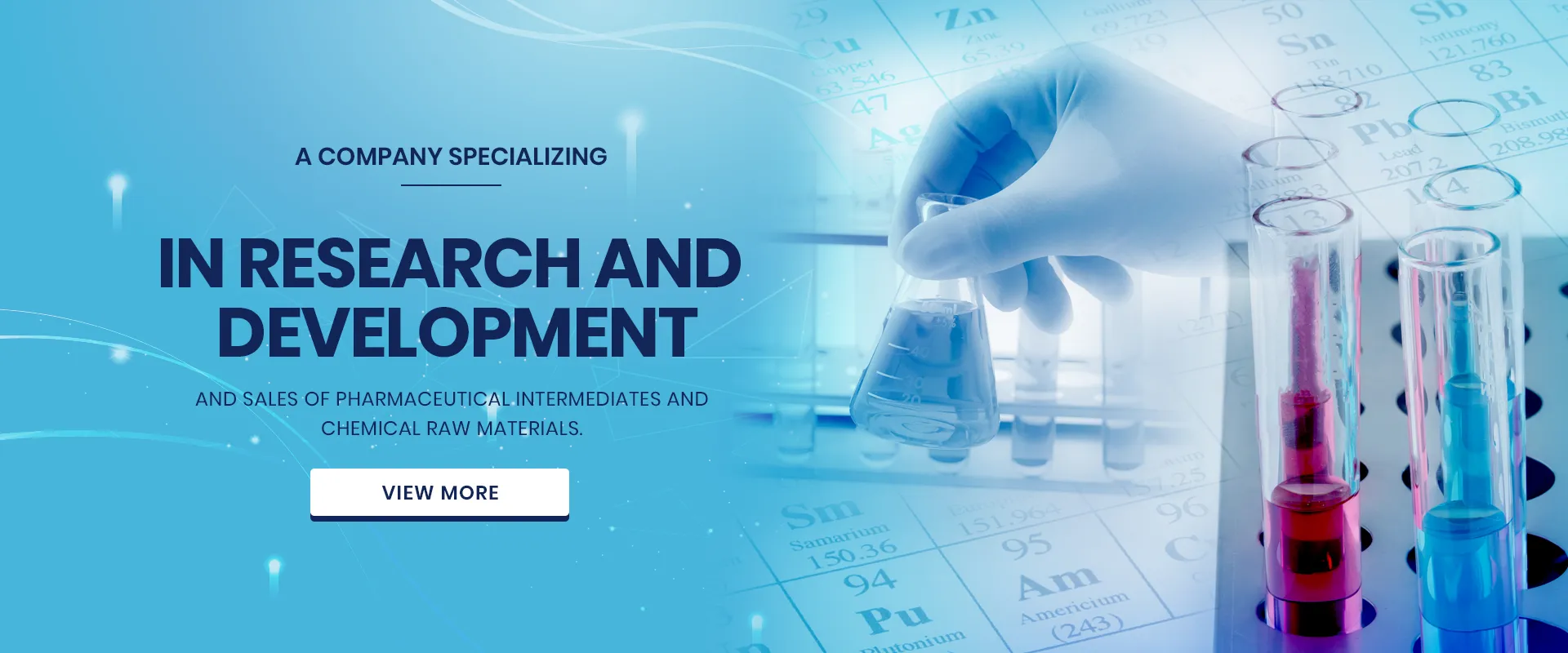Chemicals Used in Sewage Treatment An Overview
Sewage treatment is a critical process in managing wastewater, ensuring that pollutants are effectively removed before the treated water is released back into the environment. The process of sewage treatment involves several stages, each of which may require specific chemicals to facilitate the removal of contaminants. In this article, we will explore the various chemicals commonly used in sewage treatment and their roles in the process.
1. Coagulants and Flocculants
One of the first steps in sewage treatment is to aggregate solid particles suspended in the water. Coagulants such as aluminum sulfate (alum) and ferric chloride are widely used to destabilize the charged particles in the sewage. When added to the wastewater, these coagulants help the tiny particles clump together, forming larger aggregates or flocs that can be easily removed through sedimentation or filtration.
Flocculants, which are often used in conjunction with coagulants, serve to further enhance the aggregation of these particles. Polyacrylamide and other organic polymers are common flocculants that increase the size and density of the flocs, improving their settling rate and making it easier to separate solids from the liquid phase.
2. pH Adjusters
The pH of sewage can significantly impact the effectiveness of the treatment process. Chemicals such as sodium hydroxide (caustic soda) and sulfuric acid are frequently used to adjust the pH levels of the wastewater. Maintaining an optimal pH is crucial because many biological processes, particularly those involving microorganisms that break down organic matter, operate most efficiently within a specific pH range. Adjusting the pH helps create ideal conditions for these microorganisms to thrive.
3. Disinfectants
Disinfection is a vital step in the treatment process to eliminate pathogens and microorganisms that pose health risks. Chlorine and chlorine dioxide are among the most widely used disinfectants in sewage treatment. These chemicals effectively kill harmful bacteria and viruses in the treated water before it is released back into the environment.
what chemicals are used in sewage treatment

However, the use of chlorine has raised concerns about the formation of disinfection byproducts (DBPs), which can be harmful to human health and aquatic life. Therefore, alternative disinfection methods such as ultraviolet (UV) radiation and ozone treatment are gaining popularity as they do not produce harmful byproducts and provide a more environmentally friendly approach to disinfection.
4. Nutrient Removal Agents
In addition to removing solids and pathogens, sewage treatment also aims to reduce nutrient levels, particularly nitrogen and phosphorus, to prevent eutrophication in receiving water bodies. Chemicals such as ammonium sulfate and sodium nitrite can be used in biological processes to promote the conversion of ammonia to nitrogen gas. This process, known as denitrification, can effectively remove nitrogen from the wastewater.
For phosphorus removal, metal salts such as ferric chloride and alum not only serve as coagulants but also help precipitate phosphorus, facilitating its removal from the water.
5. Odor Control Agents
Sewage treatment plants often face challenges related to unpleasant odors resulting from anaerobic decomposition of organic matter. To mitigate these odors, various chemicals can be used, including sodium hypochlorite and calcium nitrate. These agents help control hydrogen sulfide and other odor-causing compounds, improving the overall air quality around sewage treatment facilities.
Conclusion
Sewage treatment is a complex process that relies on various chemicals to ensure the effective removal of contaminants from wastewater. Coagulants and flocculants help aggregate solids, while pH adjusters optimize conditions for biological processes. Disinfectants eliminate harmful pathogens, and nutrient removal agents tackle the reduction of nitrogen and phosphorus levels. Finally, odor control agents enhance the overall environment surrounding treatment facilities. As technology and environmental concerns evolve, the methods and chemicals used in sewage treatment continue to be refined, leading to safer and more sustainable practices for managing wastewater. Understanding these chemicals and their roles is essential for anyone involved in water treatment and environmental preservation.

